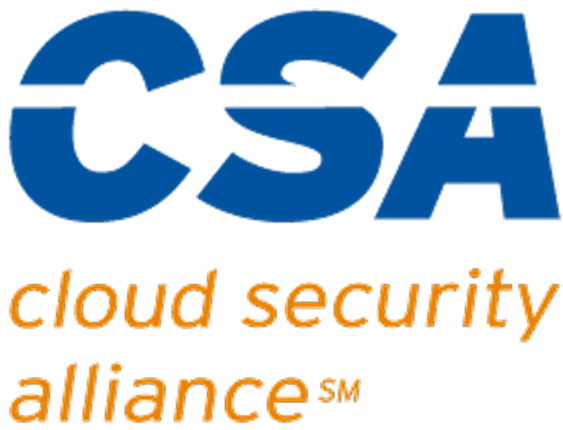Introduction
Do you have a problem with keeping track of passwords? Many people do, and it can be challenging to remember them, especially if you have multiple accounts for different purposes. In this blog post, we will discuss some methods that you can use to manage your passwords effectively. We will also provide tips for creating strong passwords that are difficult to hack. Follow these guidelines and you’ll be able to keep your passwords secure without any hassle!
Writing down passwords
To start, PLEASE DON’T DO THIS. Writing down your passwords is the worst idea, but if you insist on doing it, here are some tips to mitigate risk:
- Put the piece of paper or notebook containing the password(s) in a sealed envelope, and either don’t label it or give it a label that has nothing to do with websites or passwords. Only write down the username if it’s something that you cannot easily remember. Keep this envelope hidden in a drawer away from your computer – a physical lockbox or safe would be even better.
- If possible, don’t write down your full password. Instead, develop a system where you can remember most of it but replace a few characters with symbols or other letters, or use a reminder phrase that helps you remember the password but is not helpful to someone else.
Using a spreadsheet
While it may be tempting to use an Excel (or similar product) spreadsheet to store all of your passwords, this is not recommended. If someone were to gain access to your computer, they might be able to find and read the file containing all of your passwords. If you choose this method – and we hope that you do not – please use the following techniques to mitigate your risk a bit:
- Give the spreadsheet file a name that has nothing to do with passwords or websites. Do not store it on your computer’s desktop or in any other easily accessible location.
- Use a strong password different from any of your other passwords to protect the file, and do not write it down anywhere. If you are unfamiliar with Excel’s file protection feature, here’s a guide. If you are using a different spreadsheet program that does not offer this feature, you’ll need a file archiving utility that includes password protection to secure your files, like 7zip for windows or terminal-based zip for macOS. However, using this method every time you want to access the file could be cumbersome.
- As with the paper storage method, do not store your full password in the spreadsheet. Use a system where you can remember most of it but replace a few characters with symbols or other letters, or use a reminder phrase that helps you remember the password but is not helpful to someone else.
User your web browser’s password management system
This is a highly popular method for storing credentials. If you use Chrome, Firefox, Edge, or Safari as your web browser, they each have a built-in password management system that can store your passwords securely. When you create a new account on a website and enter your password, these browsers will ask if you want to save the password. If you say yes, your browser will automatically enter your username and password the next time you visit the website. You can also access your passwords from any device that is signed into your Google, Microsoft, or iCloud account.
While this is a great feature, there are some security risks to be aware of:
- If you share your computer with other people, they may have access to your passwords if they know where to look.
- The browser password management system may be vulnerable to hacking, although the major browsers have implemented many security features to prevent this.
- If you lose access to your Google, Microsoft, or iCloud account, you may not be able to access your passwords.
Use a password safe
This is a reasonably secure way to store your passwords in that it does not utilize online services. Password safes like Keepass and KeyWallet are applications that run on your computer and allow you to store all of your passwords in a single location that is password protected. Some password safes also support portability, allowing the use of your safe on your phone, tablet, or another computer.
While there are many positives to this approach, it does have some drawbacks:
- If you lose or forget your password for the password safe, you will not be able to access any of your passwords
- It may not be as convenient as built-in or third-party browser-based systems
- There’s no significant support for multi-factor authentication
- User support may be lacking, and product use can be complicated
Use a third-party password manager program
A final option for managing your passwords is to use a third-party password manager program. These programs may offer more features than the browser’s built-in system, such as sharing of passwords and working on multiple platforms (i.e., the same password manager could be used for your desktop computer and apps on your smartphone). Some popular password manager programs are LastPass, Dashlane, and Bitwarden. Most of the prominent password managers have plugins that integrate with major browsers, essentially automating the task of saving and recalling login credentials. Most also support or provide tools for multi-factor authentication, which can provide an extra layer of security.
When choosing a password manager program, be sure to select one that:
- Is reputable and has been around for a while;
- Offers two-factor authentication;
- Has a strong encryption system;
- Allows you to create complex passwords (many will auto-generate these for you);
- Stores your passwords using zero-trust and zero-knowledge models to protect sensitive data.
An important consideration is that most third-party password managers utilize a master password system that gives you access to your password “vault .” If you lose your master password, you can permanently lose access to all of your passwords.
Tips for creating strong passwords that are difficult to hack
- Use a combination of uppercase and lowercase letters, numbers, and symbols
- Do not use easily guessed words like your name or the name of your pet
- Do not use common terms like “password” or “godzilla”
- Do not reuse passwords or use the same password for multiple websites
- Create passwords that are at least 16 characters long
- Change your passwords regularly (password managers make this easy)
Conclusion
Choosing a method for managing passwords is a personal decision, and there are many options available. Hopefully, you’ve found some helpful information and tips in this article. Be sure to do your research before selecting one to ensure that it meets your needs.




